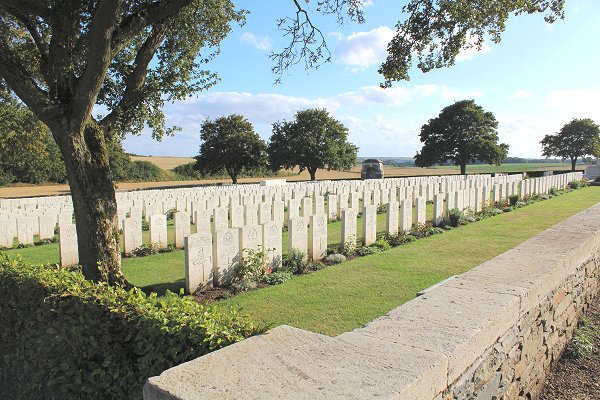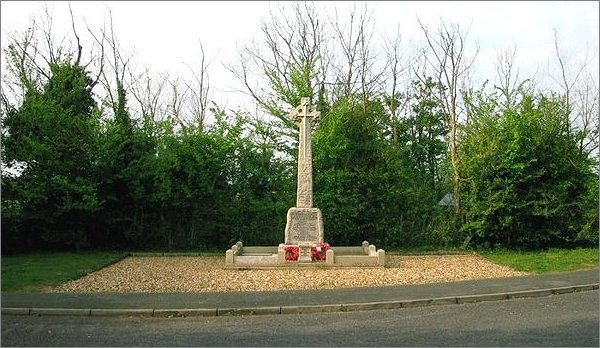| 11th Battalion, Suffolk Regiment |
| "The 11th Suffolks, which was a service battalion known as the 'Cambs/Suffolks' or the 'Cambridge Pals'. At the outbreak of the war, men of the County enlisting for Infantry were sent to the Suffolk Regiment Depot at Bury St Edmunds. |
| "The 11th Suffolks remained at Cambridge until 19th May 1915. It's strength was 47 officers and 1404 other ranks. The Cambs/Suffolks joined 101 Brigade of 34 Division and crossed to France on 7/8 January 1916. It fought in the trenches in 111 Corps Sector (Armentieres) in February 1916 moving down to the Somme in May 1916. |
| Battle of the Somme - Saturday 1st July 1916 |
| "The plan was for the British forces to attack on a fourteen-mile front after an intense week-long artillery bombardment of the German positions. Over 1.6 million shells were fired, 70 for every one metre of front, the idea being to decimate the German Front Line. Two minutes before zero-hour, 19 mines were exploded under the German lines. Whistles sounded and the troops went over the top at 7.30am. They advanced in lines at a slow, steady pace across No Man's Land towards then German front line." |
| Objective 9 – La Boisselle and Lochnagar – The Somme |
| "The 11th Suffolks were assigned Objective 9, an attack on the village of La Boisselle. The village of La Boisselle was of huge strategic importance as it would open up the road to Bapaume. |
| "Rather than try a head-on attack at the village, the Allies decided to attack either side. As part of this offensive they set off two huge mines, one near the road at the side of the village (18,000 kg) and one at Lochnagar, the biggest mine set off that day (28,000 kg). As the shelling stopped the mines were blown at 7.28am. At 7.30am the soldiers went over the top. |
| "Three battalions, including the 11th Suffolks, attacked the eastern lip of Lochnagar crater and the east side of 'Sausage Valley'. The Suffolks were in the second line of trenches directly opposite Lochnagar Crater. |
| "The Suffolks advanced under intense enemy machine gun fire from the rear of La Boisselle village and from two German strong points (known by the allies as 'Sausage Redoubt' and 'Scots Redoubt'). The Suffolk infantry pushed on to the German Lines trying to fight their way into 'Sausage Redoubt', only to be met by flame throwers as they reached the German parapet. |
| "The remaining Suffolks merged with the 27th Tyneside Irish on their right and managed to attack and seize 'Scots Redoubt', which was a major achievement given the events of the day. |
| "The casualties at La Boisselle on the 1st July were the highest casualty rate of the day with over 6,380 officers and men either killed or wounded. Of these 2,267 were dead. Eighty-five per cent of the 1927 soldiers who died on this battlefield are 'unknown soldiers' and have no known grave." |
 This is a much abbreviated version of the William Wayman page on the Lochnagar Crater Foundation website at https://lochnagarcrater.org/ This is a much abbreviated version of the William Wayman page on the Lochnagar Crater Foundation website at https://lochnagarcrater.org/ |



